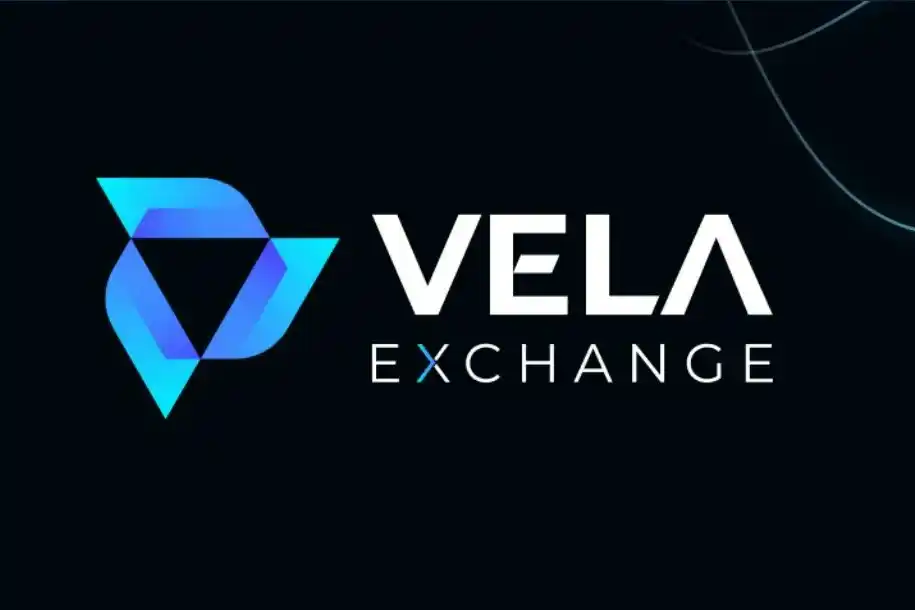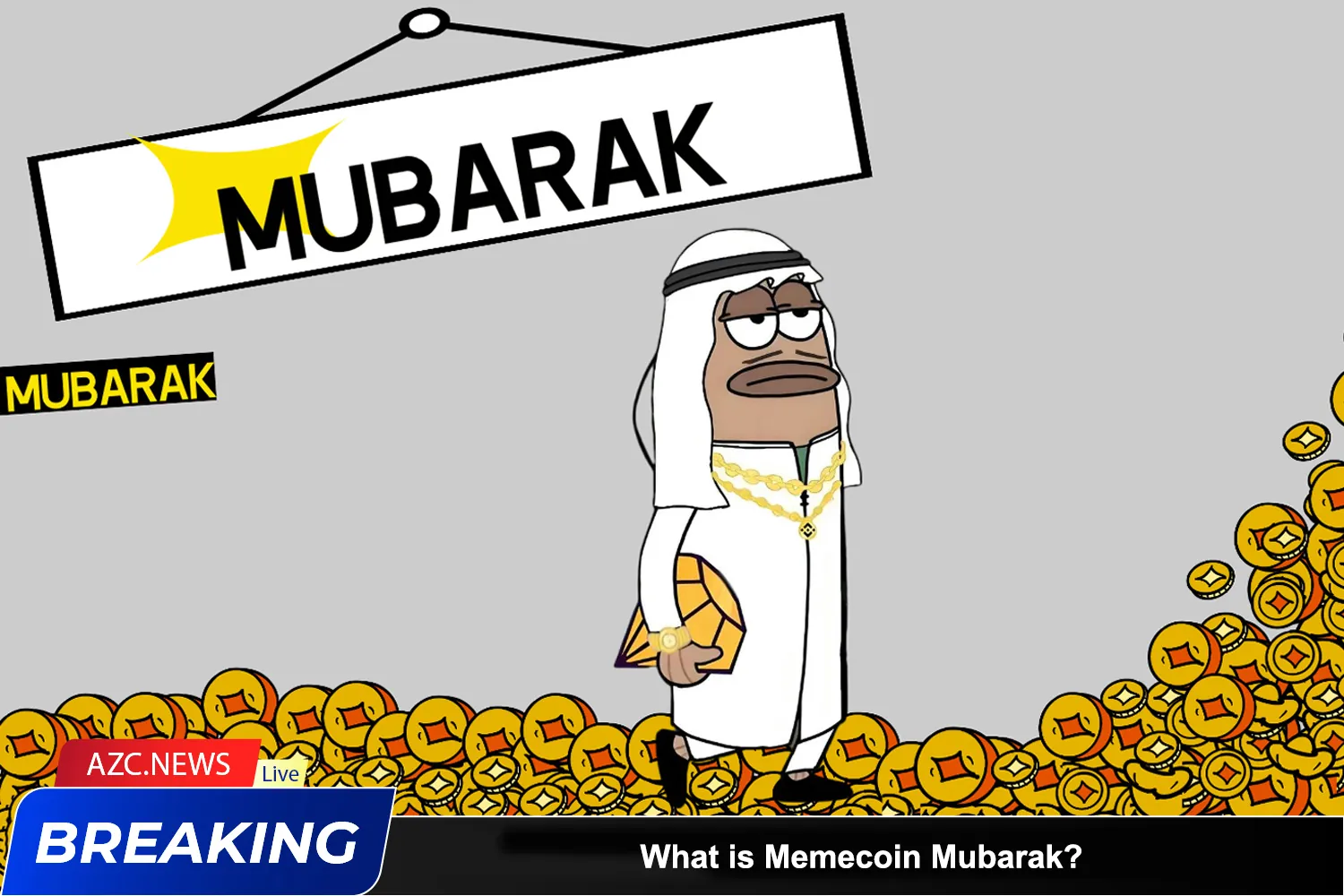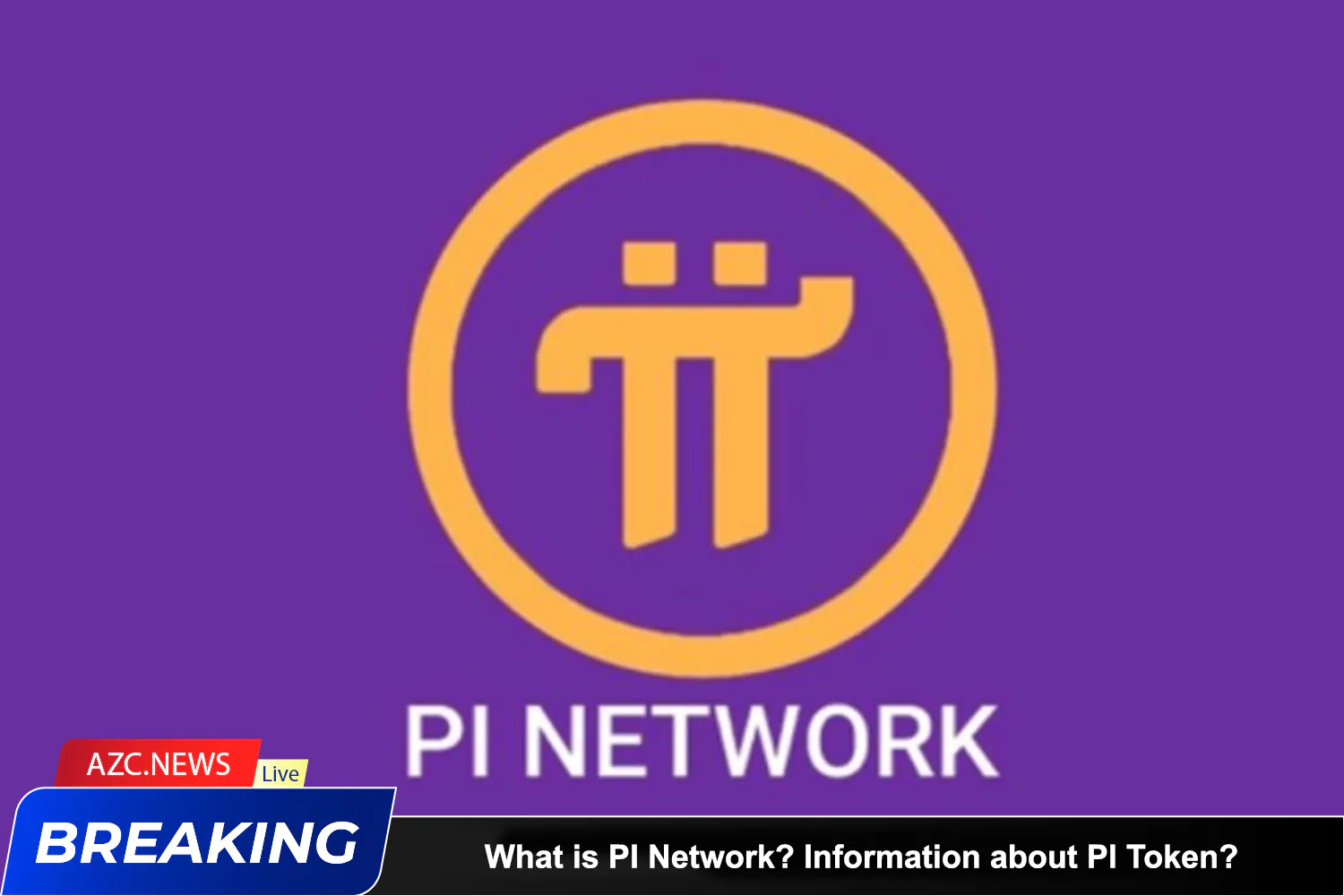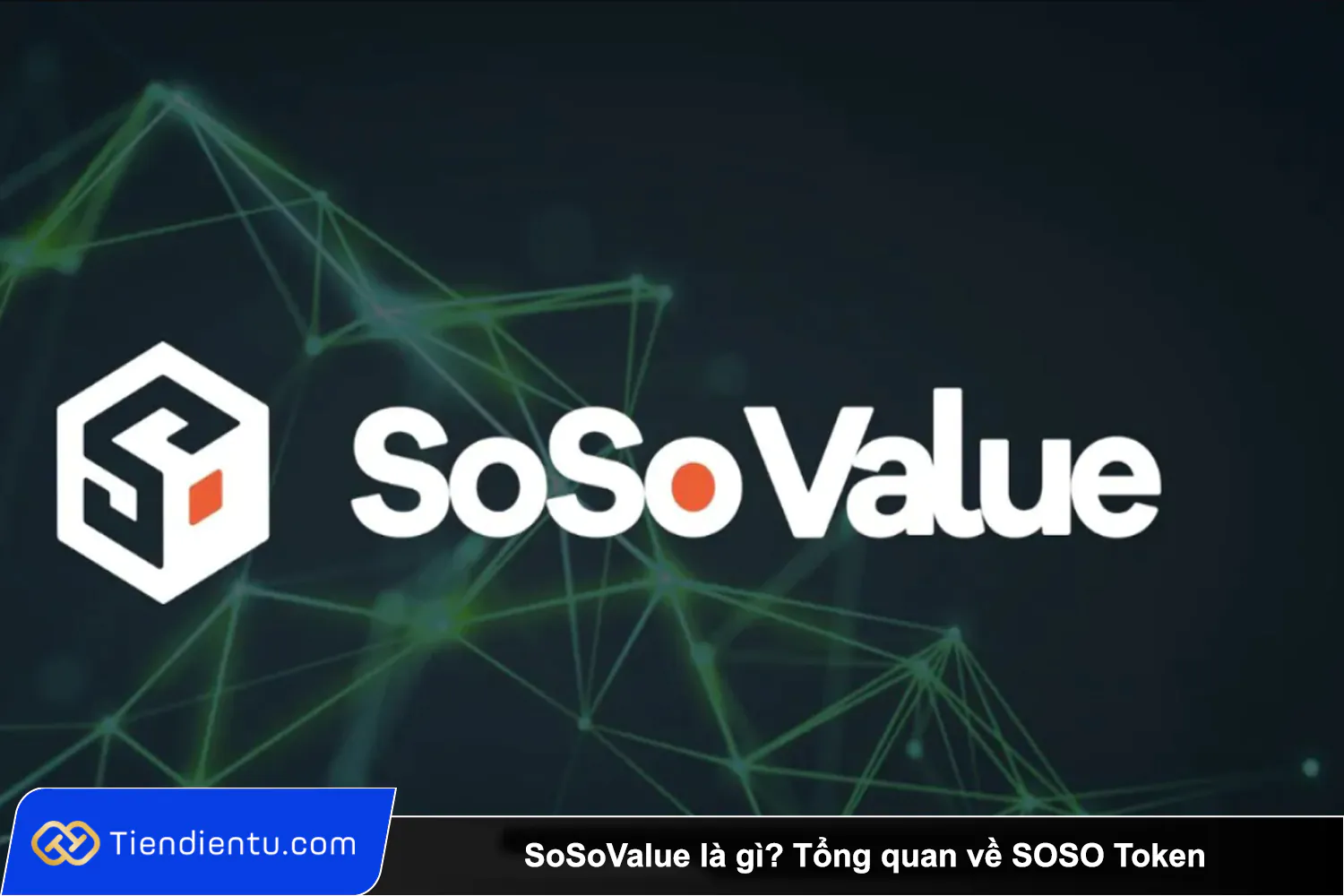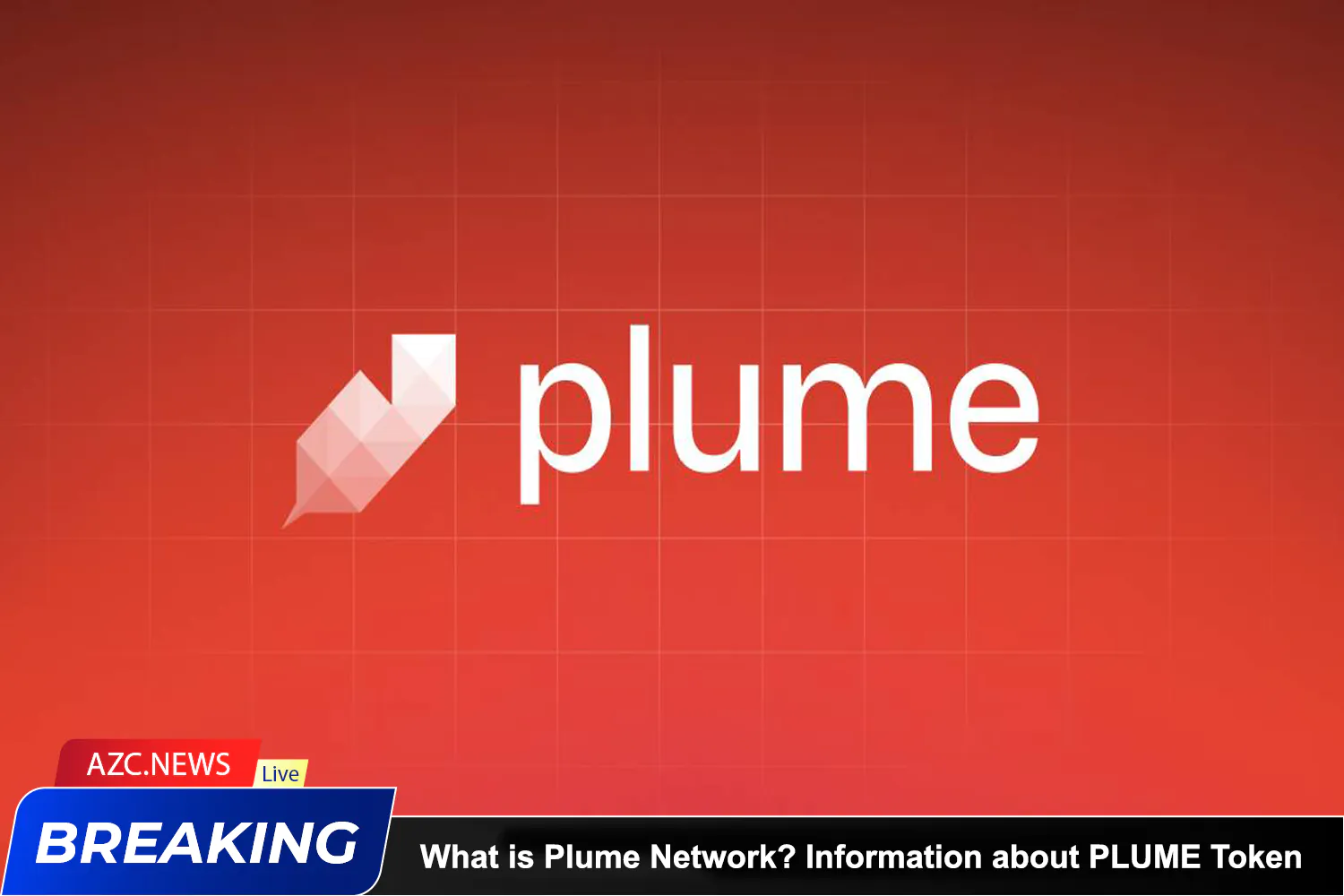What is Vela Exchange?
Vela Exchange is a decentralized derivatives exchange (Derivatives DEX) built on Arbitrum focusing on developing spot products (Spot) and perpetual futures contracts (Perpetuals). Currently, Vela Exchange supports trading of many types of assets including Crypto, Forex and Market Capitalization.
Vela Exchange
Vela Exchange is rebranded from Dexpools – a decentralized platform that conducts OTC transactions. The vision when restructuring the brand is to expand outstanding products such as Spot and Perpetuals to meet the high demand of users in today’s cryptocurrency market.
Products of Vela Exchange
Vela Perpetual Exchange
Vela Exchange supports many different assets including Crypto, Forex and Market Capitalization. Each asset type will have different Funding Rate and Open Interest rates. In the future, the liquidity pool increases, Vela Exchange will consider adding other currency pairs based on demand from the community.
Trading interface at Vela Exchange.
When trading futures at Vela, users need to deposit USDC to open a position.
Since its launch, the total trading volume on Vela Exchange has reached 2 billion USD.
Statistics of trading volume at Vela Exchange. Source: Dune.xyz
Vela Stake
Vela provides staking interface for VELA, eVELA and VLPs as follows:
USDC, VELA & eVELA Staking interface.
VLP: Users stake USDC and mint out to VLP. Holding VLP will enjoy 50% of the transaction fees on the platform. VLP mint fee is currently 3%.
VELA & eVELA: Stake VELA or eVELA to receive rewards.
Highlights of Vela Exchange
With the newly launched Beta version on Arbitrum, Vela Exchange has gained traction, reaching a total transaction volume of more than 2 billion USD on the platform. It is worth noting that Vela Exchange accounts for 10% of on-chain activities on Layer 2. Shows the level of interest and trust from the community in this eternal exchange.
Related: What is Arbitrum? Things to know about Arbitrum
Multi-chain Deposits
Multi-chain Deposits is a new feature at Vela Exchange. This feature allows users to deposit, withdraw, swap tokens, mint VLP on many different blockchains simply and quickly.
Multi-chain Deposits is the product of a partnership between Vela, Axelar and Squid. Helps users no longer need to transfer money manually, thereby saving time and transaction costs.
Fiat On/Off Ramps
Vela Exchange has partnered with Transak to provide an on-site fiat and cryptocurrency exchange interface. Makes Cash In and Cash Out assets from real life into crypto and vice versa more convenient and easier for traders.
Interface to convert fiat to crypto right on Vela Exchange.
Friendly interface
Vela Exchange also has a friendly, easy-to-see interface, helping users easily find features on the platform. The floor also provides clear graphical tools and statistical charts to monitor price situations and execute transactions quickly.
Many trading campaigns
In addition to focusing on a friendly interface, the Vela team also designs many attractive trading campaigns to encourage traders to trade on Vela.
Flash Trading Competition at Vela.
What is VELA Token?
Basic information about VELA token
-
Token Name: Vela Token
-
Ticker: VELA
-
Blockchain: Arbitrum
-
Token Contract: 0x088cd8f5ef3652623c22d48b1605dcfe860cd704
-
Token Type: Utility
-
Total Supply: 10,000,000 VELA
-
Circulating Supply: 7,015,933 VELA
VELA Token Use Cases
When staking VELA and eVELA Tokens into the platform, users will receive reduced transaction fees. In particular, the discount factor will range from 2% – 50% when staking from 500 – 500,000 VELA or eVELA tokens. More details are as follows:
-
VELA: Stake VELA to receive rewards
-
eVELA: escrow VELA is generated when a user locks VELA into the protocol and receives eVELA in return. To convert eVELA to VELA, users must wait 6 months of linear vesting.
-
VLP: token intended to serve liquidity needs in VELA. Stake USDC to mint VLP and enjoy transaction fees. VLP can be staked again to receive additional rewards in the form of eVELA.
VELA Token Allocation
VELA is allocated proportionally as follows:
-
Community Incentives: 30%
-
Growth Fund: 19%
-
DXP Bridging: 18%
-
Core Team: 16%
-
Investors & Partners: 10%
-
Marketing: 5%
-
Advisors: 2%
Token Release Schedule
Token Release Schedule
Where can investors trade VELA tokens?
Currently, investors can trade VELA tokens at:
-
CEX exchanges: Bitget, MEXC, XT.COM, BingX, BKEX
-
DEX: Uniswap (V3), OpenOcean, Camelot, Trader Joe (V2)
Popular trading pairs are VELA/USDT, VELA/USDC, VELA/WETH.
In which wallets can investors store VELA tokens?
VELA is a token with ERC-20 standards so investors can store it on wallets such as MetaMask, Trust Wallet, Coinbase Wallet, Coin98 Wallet,… To facilitate transactions, investors can also store VELA on the wallets of the exchanges that list this token.
Development Team
Vela Exchange’s development team are all people with extensive experience in the cryptocurrency market. Prominent names include:
-
Travis Skweres: He is the co-founder of Vela Exchange and has over 10 years of experience in the cryptocurrency market. He was the founder of Portal Finance – a project that was acquired by Coinbase. Travis also held the role of technology director (Principle Engineering) at BCG – a leading technology consulting group in the US.
-
Dan Peng: He is the co-founder of Vela Exchange and worked at BCG with Travis. In addition, he also worked as a product manager at Heartstorm, a technology solutions and consulting company.
-
Berke Sengel: He is currently a business director at Vela Exchange and previously worked as a strategy director at DeFi ecosystem development company Rome Blockchain Labs.
Development team
Besides, the project’s advisory board are all members from big companies such as BlackRock, Polygon and BCG.
Adviser
Investors and partners
Vela Exchange has successfully raised 2.1 million USD from investment funds such as Big Brain Holdings, Magnus Capital, Orange Dao, Jade Protocol, and Quantstamp.
Vela Exchange investor
Vela Exchange receives strong support from Arbitrum as an ecosystem partner. In addition, They also cooperate with Camelot – another DEX on Arbitrum to provide VELA Token trading and swapping services for users.
Roadmap
The main development roadmap is summarized below:
-
September 2022: Rename Dexpools to Vela Exchange and introduce new brand “Vela”
-
December 2022: Airdrop announced for Beta testnet supporters.
-
January 2023: Officially launched the Beta version of Vela Exchange on Arbitrum.
-
February 2023: Trading volume reached 2 billion USD and became the protocol accounting for 10% of on-chain activity on Arbitrum.
Roadmap in the near future is expected to be as follows:
Beta Roadmap of Vela Exchange.
Similar projects
Some projects in the field of leverage trading and similar futures contracts include: GMX, Gains Network, Level Finance, dYdX…
Conclude
Through the above overview article about the Vela Exchange project, AZC News hopes readers will grasp basic information about this project to make their own investment decisions. Wishing you a successful investment!

